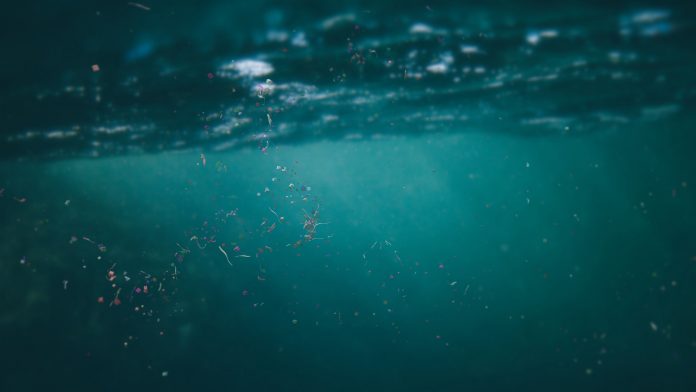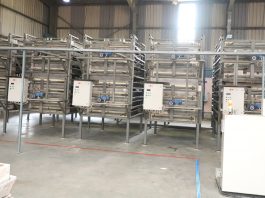A new study has revealed that the concentration of plastic in lakes and reservoirs is higher than those found in so-called ‘garbage patches’ of the ocean.
Although 14 million tons of plastic end up in the ocean each year, a new study has found that plastic represents a significant intrusion in lakes and reservoirs.
“We found microplastics in every lake we sampled,” said Ted Harris, associate research professor for the Kansas Biological Survey & Center for Ecological Research at the University of Kansas.
“Some of these lakes you think of as clear, beautiful vacation spots. But we discovered such places to be perfect examples of the link between plastics and humans.”
Harris is one of 79 researchers belonging to the international Global Lake Ecological Observatory Network (GLEON). The network examines processes occurring in freshwater environments.
Their new paper, ‘Plastic debris in lakes and reservoirs,’ is published in the journal Nature.
Kansas lakes and the Cross Reservoir were tested by the team
As part of the research, Harris and Rebecca Kessler, a recent graduate from the University of Kansas, tested the Clinton and Perry Lakes and the Cross Reservoir are the University of Kansas Field Station.
“That entailed us going out, tolling a net with tiny little holes in it, dragging it for about two minutes, then collecting those samples of microplastics and sending them off to the lead researchers,” Kessler said.
The team sampled surface waters of 38 lakes and reservoirs
The project was designed and co-ordinated by the Inland Water Ecology and Management research group of the University of Milano-Bicocca, Italy.
The research group sampled the surface waters of 38 lakes and reservoirs. These are distributed across gradients of geographical position and limnological attributes.
Plastic was detected in all the lakes and reservoirs studied.
What is the cause of plastic in lakes and reservoirs?
“This paper essentially shows the more humans, the more plastics,” Harris said.
“Places like Clinton Lake are relatively low in microplastics because — while there are many animals and trees — there aren’t a lot of humans, relative to somewhere like Lake Tahoe where people are living all around it. Some of these lakes are seemingly pristine and beautiful, yet that’s where the microplastics come from.”
It is thought that many of the plastics are from innocuous items like T-Shirts.
“The simple act of people getting in swimming and having clothing that has microplastic fibres in it leads to microplastics getting everywhere,” Harris said.

Plastic in lakes and reservoirs is particularly prevalent
The study states that lakes and reservoirs in densely populated and urbanised areas are particularly vulnerable to plastic contamination. Water bodies with elevated deposition areas, long water retention times, and high levels of anthropogenic influence were also found to have high levels of plastic pollution.
“When we started the study, I didn’t know a lot about microplastics versus large plastics,” Harris said.
“When this paper says ‘concentrations as much or worse than the garbage patch,’ you always think of the big bottles and stuff, but you’re not thinking of all that smaller stuff. You don’t see a huge garbage patch in Lake Tahoe, yet it’s one of the most impacted lakes when it comes to microplastics.
“Those are plastics you can’t really see with the naked eye, and then you get underneath a scope at 40,000x, and you see these little jagged pieces and other particles that are the same size as algae or even smaller.”
The project highlights an area that is often overlooked in global studies
The team wanted to highlight a region of the US that is often overlooked.
“In this study, there’s one dot in the middle of the country, and that’s our sample,” he said.
“In Iowa, Missouri and Colorado, there’s this huge swath of area that has water bodies, but we often don’t get them into those massive global studies. So it was really important for me to put Kansas on the map to see and contextualise what these differences are in our lakes.”
The team concluded that human interaction is the biggest factor for plastics in lakes
“The biggest takeaway from our study is that microplastics can be found in all lakes,” Kessler said.
“Obviously, there are different concentrations. But they are literally everywhere. And the biggest contributing factor to these microplastics is human interaction with the lakes.”









